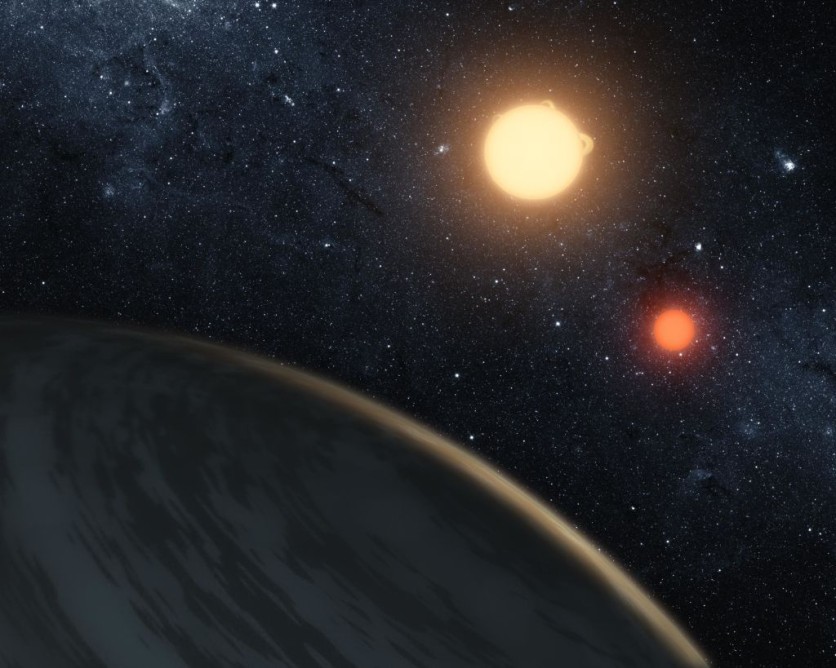A team of researchers has pioneered an innovative artificial intelligence-driven approach for detecting indications of past or present life on distant celestial bodies.

Exploring Life Beyond Earth Through AI
In an official announcement, Jim Cleaves, the lead author from the Carnegie Institution for Science in Washington, stated that the pursuit of extraterrestrial life continues to be an intriguing venture in contemporary science.
He made this comment while introducing an innovative artificial intelligence-driven approach devised by a group of researchers to identify indications of past or current life on distant celestial bodies.
Utilizing a groundbreaking AI model, Interesting Engineering reported that the researchers have devised a method for distinguishing between samples of biological and abiotic origin.
To train this AI model, the team meticulously gathered data from 134 diverse carbon-rich samples, encompassing both living and non-living sources, enabling the AI to learn how to differentiate between them.
Remarkably, the results of this study demonstrated the AI's remarkable proficiency, achieving an impressive 90 percent accuracy rate in determining the origin of samples.
Findings of the Study
The AI exhibited a remarkable ability to differentiate between samples originating from living organisms, including shells, bones, insects, leaves, human hair, and well-preserved cells within finely textured rock, and those with abiotic origins, such as carbon-rich meteorites.
Cleaves unveiled an array of profound implications stemming from this cutting-edge development. At its core, this research has unraveled the intricate distinctions that lie beneath the surface of biochemistry and abiotic organic chemistry.
By delving into the fundamental chemistry of life, EurekAlert! reported that it promises to reshape our understanding of life's fundamental processes, potentially revolutionizing our perspectives.
Equally compelling is the newfound ability to scrutinize distant planets, including Mars, and scrutinize ancient Earth samples with a discerning eye.
By discerning whether these samples once hosted life, we gain valuable insights into the potential habitability of celestial bodies within our solar system and beyond.
This AI-driven method presents a significant advantage in deciphering the origins of ancient carbon-rich samples, a task fraught with complexities.
The challenge lies in the degradation of organic molecules over time, whether they originated from living or non-living sources.
Even in the face of considerable degradation, this groundbreaking analytical approach successfully identified well-preserved biological markers within select samples that have endured for hundreds of millions of years.
In the short term, this AI has the potential to aid in the analysis of data from Martian samples previously gathered by the Curiosity rover's Sample Analysis at Mars (SAM) instrument.
Cleaves stated, "We'll need to tweak our method to match SAM's protocols, but it's possible that we already have data in hand to determine if there are molecules on Mars from an organic Martian biosphere."

ⓒ 2026 TECHTIMES.com All rights reserved. Do not reproduce without permission.




